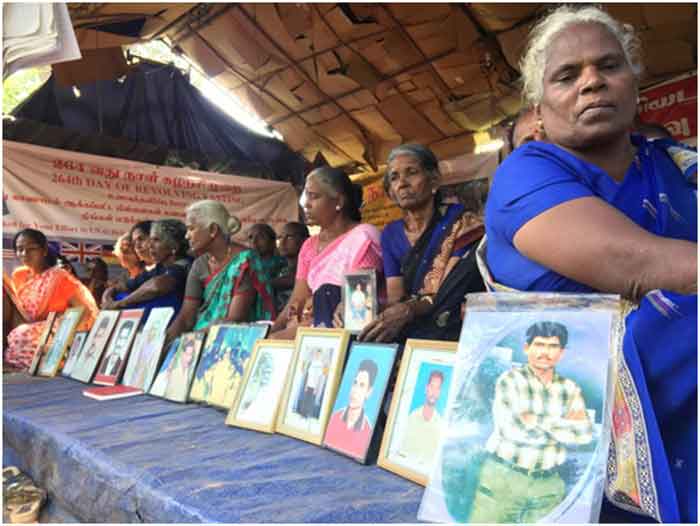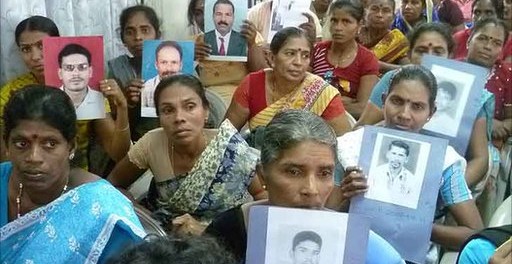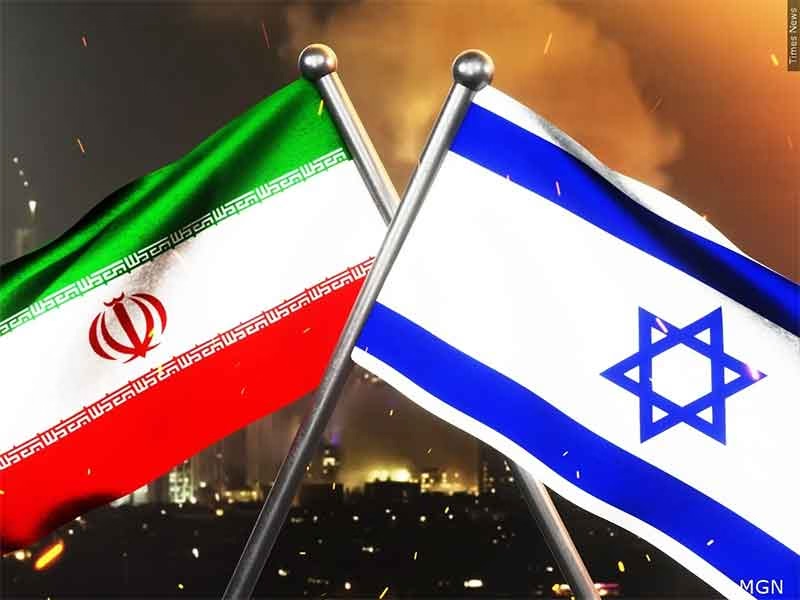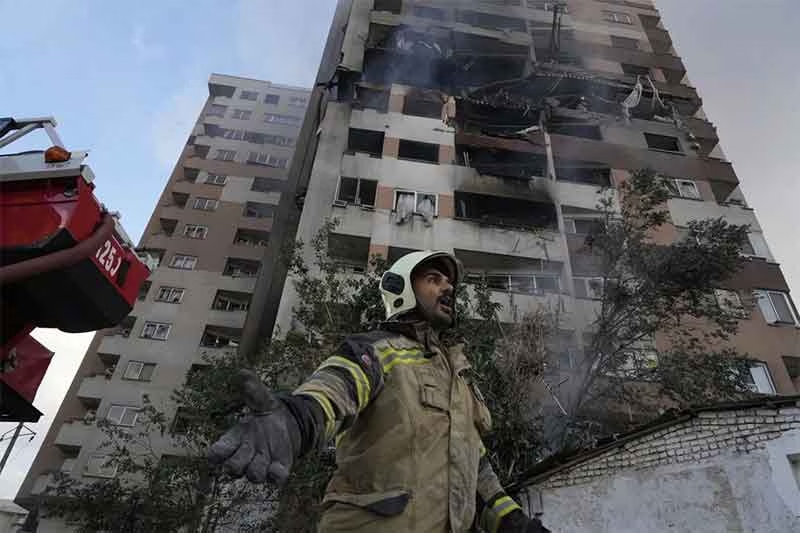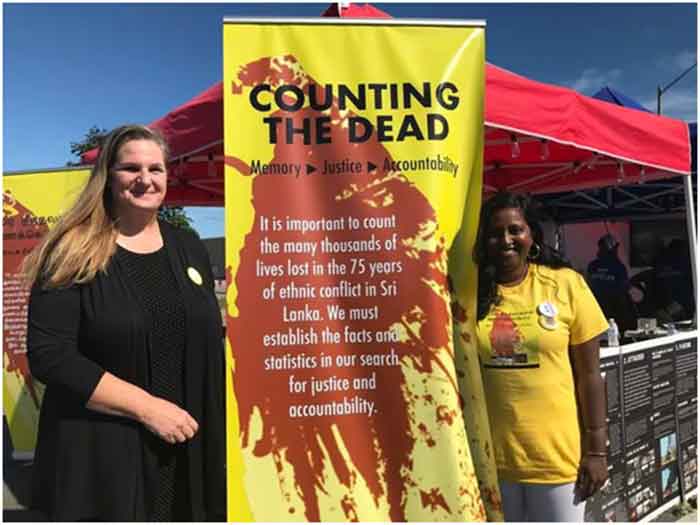
Most counts estimate that over 100,000 civilians died during the conflict, though accounts of the final stages of the war, when the Sri Lankan government defeated the Tamil Tigers militia in 2009, vary significantly, with the United Nations estimating the total casualties to be somewhere between 40,000 and 70,000 over a five-month period.
Apart from that the death toll during the pogroms against the Tamils as follows;
Pogrom against the Tamils in 1956 – It is estimated that over 150 people lost their lives during the violence.
Pogrom against the Tamils in 1958 – over 150 Tamils in the Gal Oya riots in the east of the country
Pogrom against the Tamils in 1977 – An official estimate put the death toll at 125.
Pogrom against the Tamils in 1983 – Deaths: 400-3,000
HRDAG and the International Truth and Justice Project (ITJP) urge groups inside and outside Sri Lanka to share existing casualty lists, and even more importantly, to go out and record new ones.
“We at least owe the dead the courtesy of collecting their names,” said ITJP Executive Director, Yasmin Sooka. “The scale of human loss is important to quantify and the final list of names which we will collate can also inform the memorialisation process which is key for communities.”
A decade after the war ended, nobody knows to the nearest ten thousand how many people died in Sri Lanka in 2009, let alone in the decades before. The aim of this initiative is to use a statistical approach to estimate the probability of a final death toll. ITJP and HRDAG used the same approach recently to estimate the number of surrenderees who disappeared at the very end of the war in 2009.
From the ITJP press release: “For years the ITJP has been collecting names of those who disappeared at the war end from survivors and now has more than 300 names and photos displayed in a bilingual website. This and other lists collected by activists and family members inside Sri Lanka were analysed by the Human Rights Data Analysis Group (HRDAG) to produce a statistical analysis of what the total number might look like – the names already collected and the ones not yet enumerated.”
Yasmin Sooka, executive director of ITJP, says: “In 2011 the first report cited 20 disappearances, then we found 103 names in 2014-2015, earlier this year it rose to 280, and now our colleagues at HRDAG believe it’s as many as 500 people. This shows the importance of continuing to gather information and the need to do this both inside Sri Lanka and outside where many of the key witnesses from the war period have fled.”
Hospitals whose GPS details were shared with the authorities were regularly shelled by government forces. “Eventually [doctors] learned their lesson,” Harrison writes: unmarked and unannounced hospitals were not targeted. One doctor is still amazed at the conclusion he was forced to draw: “They wanted to kill as many as possible.”
In the bloodbath that ended the 26-year civil war in Sri Lanka in 2009, tens of thousands of civilians lost their lives in a few terrible months. The world’s politicians looked the other way. Some governments even praised Sri Lanka for its “victory over the terrorists”, in reference to the defeat of the rebel Tamil Tigers. The UN Human Rights Council passed a remarkable resolution that praised the Sri Lankan government’s “commitment to promotion and protection of human rights”.
Kumarathasan Rasingam, Secretary, Tamil Canadian Elders for Human Rights Org.


